How Game of Thrones has led to a revival in Yorkshire’s mead industry
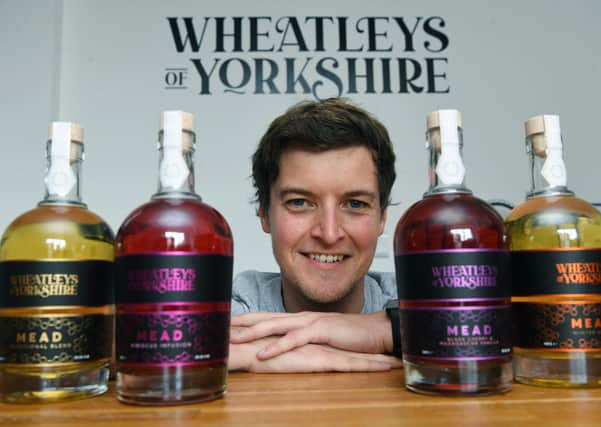

Mead is believed to be the oldest alcoholic drink in the world; it was consumed as far back as 9,000 years ago. Primarily made from the fermentation of honey with water and yeast, it was highly popular across many different cultures, from the ancient Chinese to the Romans. It was also the drink of choice for the Vikings and was traditionally offered to newlyweds, who would share mead for the first full moon of their marriage, hence a possible source of the term “honeymoon”.
But with the arrival of wines and beers, mead fell out of favour. That is until now.
Advertisement
Hide AdAdvertisement
Hide AdWith the phenomenon of TV series such as Game of Thrones and Viking epic The Last Kingdom, where mead was quaffed like water, the honey-based drink is seeing something of a resurgence.
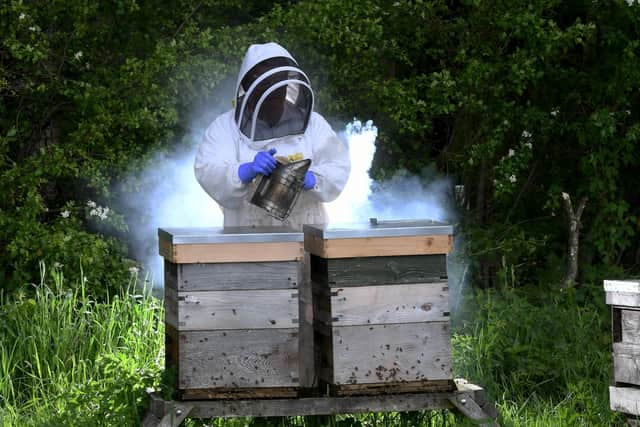

It is not totally surprising then that York with its famous Viking history, is home to three meaderies.
Former North Yorkshire farmer Pete Allanson runs his meadery from various sheds in the garden of home in the village of Copmanthorpe, near York.
What makes Allanson’s mead different from that of many other mead makers is his product really is from bee to bottle, whereas many others buy in the honey. “If I made whisky I would be called a single estate,” he says.
Advertisement
Hide AdAdvertisement
Hide AdHe is a third-generation beekeeper and has hives on the edge of a remote field, a short drive from his home where thousands of bees are busy making the various types of honey that form the basis of his Celtic mead.
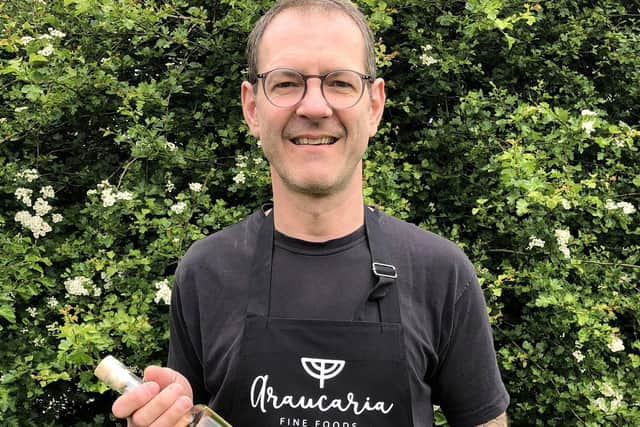

“My grandfather kept bees I think mainly to get round the sugar ration after the war,” says Allanson. “My dad carried it on and I used to spend time helping as a kid.”
When he sold his farm and moved to York he worked in factories. But he missed working with livestock and so about 20 years ago decided to get some hives and started making honey to sell at farmers’ markets.
Allanson was made redundant in the financial crash of 2008 and so decided to look at what else he could do with his honey. “It was either alcohol or cosmetics – and alcohol seemed more appropriate.” And so he decided to start making mead.
Advertisement
Hide AdAdvertisement
Hide Ad“I really didn’t know that much about it but after a bit of research, especially into the best types of yeast, I started making it – but it is a very slow process.”
With just three main ingredients, it might sound like mead is easy to make but that is not so, says Allanson. The key, apart from the honey and the yeast, is time and that’s where a lot of people go wrong.
“A lot of people rush the process which I think can make a harsh mead, I think the optimum drinking time for mead is a year.”
He mainly makes three different types of mead, although he is experimenting with some new flavours, which he sells at farmers’ markets and for Viking-inspired website Horns of Odin.
Advertisement
Hide AdAdvertisement
Hide AdIt is clear Allanson is very happy with his lot as he hits 65 and has no particular desire to see his mead stocked in supermarkets or bars.
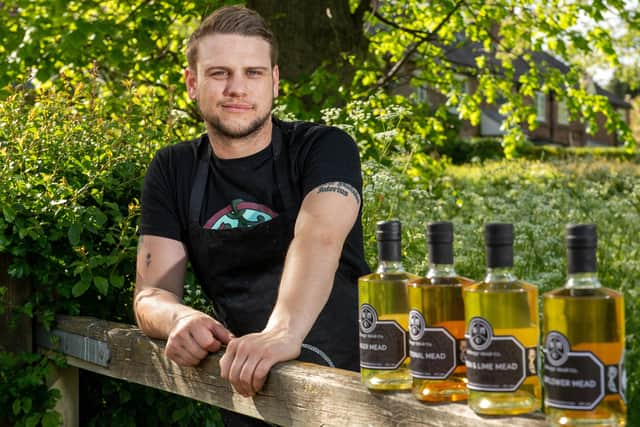

But the more recent mead makers have very different ambitions.
Viking re-enactment enthusiast Peter Taylor started making mead as a hobby for friends and fellow re-enactors. When he was approached by a couple of his friends who work for the Jorvik Centre in York, they said that if he produced it commercially they would stock it in the tourist attraction.
“It really spurred me on and with my fiancée, who I met at a Viking re-enactment, and a couple of other friends we launched the Nidhoggr Mead Company on December 23, last year,” says Taylor, who has moved production out of his kitchen to a unit near Skelton.
Advertisement
Hide AdAdvertisement
Hide AdNidhoggr buys in its honey from different Yorkshire suppliers, and adds water, yeast and any flavourings before leaving it for a couple of months to ferment.
Nidhoggr launched with four varieties (all using Yorkshire honey) - traditional, elderflower, ginger, and lemon and lime. And it has plans to turn the drink that it loves into a more mainstream beverage. Whereas Allanson’s mead is between 10 and 12 per cent proof alcohol and designed to be drunk like wine, Nidhoggr is stronger, at up to 18 per cent and, while it can be drunk neat, Taylor suggests using a mixer – or even using it in cocktails.
“Mead is exceptionally versatile and we really want to make it more than just something that is drunk at Viking events or Viking bars; like gin in recent years we would love to see a mead revolution.”
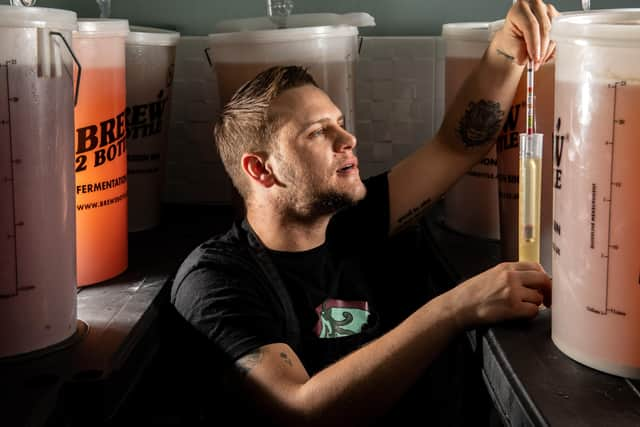

Yorkshire’s youngest meadery actually isn’t based in York. Wheatleys of Yorkshire is run by Oliver Wheatley who gave up his day job at the University of Hull to follow his heart and make mead in the city.
Advertisement
Hide AdAdvertisement
Hide Ad“I’d been making mead in our flat as a bit of a joke with some friends after we’d been playing Assassin’s Creed and then bought a bottle and we were surprised how nice it was. And I thought, ‘I am sure I can make this’.”
But Wheatley admits that mead making is not as easy as it sounds. “The first couple of bottles that I made, some were nice – but some were awful. Even when you create a mead you like it is difficult to maintain that consistency. You have to make sure that you are using the right honey – different types of honey create a different type of mead.”
However, he was determined to persevere and in 2019 he left his job before launching Wheatleys of Yorkshire in early 2020. Then the pandemic hit. “It was probably the single worst time in history for a new start up.” His business plan changed overnight and he quickly had to create a website where he could sell his mead as the normal outlets of farmers’ markets and events came to an abrupt halt.
But Wheatley’s determination paid off and Christmas proved to be a particular boom time for his mead; he already has a number of farm shops selling his produce, including the Yorkshire Wildlife Park, near Doncaster, and, like the guys at Nidhoggr, Wheatley sees a future for mead.
Advertisement
Hide AdAdvertisement
Hide Ad“I did a lot of research and in America in the last ten years sales of mead have grown tenfold,” says Wheatley, who is helped in the meadery by his father John.
He produces four standard meads – traditional sweet honey, blackcherry and Madagascan vanilla, Hibiscus and Winter spice.
Another beekeeper who has branched out into mead making is Bruno Hannemann, founder of Araucaria Fine Foods in Escrick, near York.
Hannemann grew up in Brazil, helping his father as he cared for his bees on the 160-acre nature reserve owned by his parents.
Advertisement
Hide AdAdvertisement
Hide Ad“My father learnt about beekeeping from his father. It is a skill that goes back generations. In fact, the European bee was introduced to Brazil by my ancestor Friederich August Hannemann when he emigrated there from Germany in the mid-1800s.
“I brought this passion for beekeeping and good food with me when I settled in Britain.”
Hannemann owns 15 hives and is a trustee of the York & District Beekeepers Association and member of the British Beekeepers Association. He makes a traditional mead that he sells alongside his honeys, jams and jellies, all produced in the garden of his home.
His mead is made using only the honey from his own bees, water and yeast. The minimum time he leaves his mead to ferment is three months but he believes the optimum is around eight months.
Advertisement
Hide AdAdvertisement
Hide AdHe does also make some flavoured meads including blackberry which he forages for and a spiced and orange one, although he says once fruit is added it should not really be called mead.
“Classic mead is purely honey, yeast and water. If you add fruit, then it is melomel,” he says, adding that the challenge is actually getting people to try mead.
“Most people haven’t tried or even heard of mead and most of those that have tried it have probably only had the supermarket variety and that doesn’t compare as it is very sweet and sickly. I tell people I make mead but not as you know it. Once people try it, they love it.”
They may differ in some of their techniques, but there is one thing that all of Yorkshire’s mead makers are passionate about and that is quality. They know their product isn’t cheap and are concerned about standards and those who may cut corners.
Advertisement
Hide AdAdvertisement
Hide Ad“There is nothing stopping someone adding honey or even flavoured syrup to wine and calling it mead,” says Pete Allanson.
But they maintain that to create an authentic tasty mead takes time, devotion as well as a little bit of honey magic.
Comment Guidelines
National World encourages reader discussion on our stories. User feedback, insights and back-and-forth exchanges add a rich layer of context to reporting. Please review our Community Guidelines before commenting.